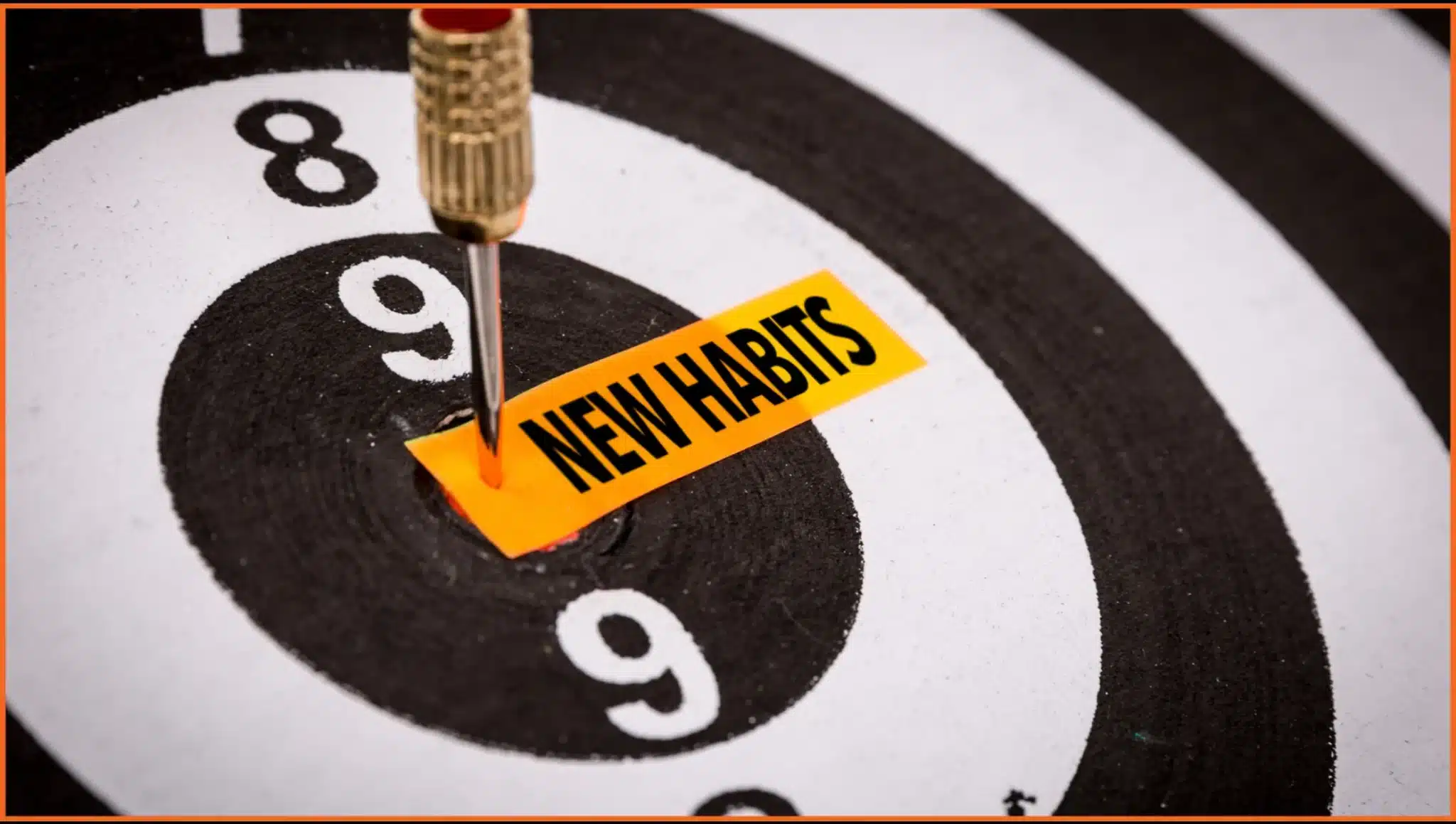Introduction: Why Motivation Often Fades (And How Goals Keep It Alive)
Table of Contents
Let’s begin with something we’ve often noticed during our learning sessions across teams: when people say they need motivation, what they often really need is clarity. Clarity about what matters to them, why they’re doing what they do, and where it all leads.
In our experience, motivation isn’t something you can manufacture on demand. It’s something that emerges when your daily actions are aligned with your deeper goals.
So if you’ve ever felt like you’re busy all the time but not making real progress, you’re not alone. Many professionals today are constantly on the move – managing back-to-back meetings, to-do lists, firefighting. And yet, at the end of the day, there’s a lingering question: Did I move any closer to the future I actually want?
This post is an invitation to pause, reflect, and realign.
Related Reading: 6 Steps to Become Your Team’s Motivational Officer
The Motivation Myth: We Don’t Need More Pep Talks
There’s a popular belief that we need a daily dose of motivation to stay productive. But in our experience working with corporate teams, we’ve learned this: people don’t need more cheerleading. They need a strong sense of direction.
What they need is to wake up and know, even if vaguely, that what they’re doing today matters in the larger scheme of things.
“You don’t need to be pushed when you’re being pulled by a vision.”
Related Reading: 20 Lesser Known Motivational Books That Are Absolute Gems!
Urgent vs. Important: Where Energy Goes, Results Follow
In the corporate world, most people are caught up in urgent tasks – emails, approvals, escalations. But not all urgent tasks are important. And not all important tasks scream for attention.
We often refer to the Eisenhower Matrix in our workshops:
- Urgent & Important = Crises, deadlines
- Important but Not Urgent = Strategic thinking, long-term goals, planning
It’s this second quadrant that fuels growth, development, and fulfilment. Yet it’s often the first thing sacrificed when days get busy.
L&D Takeaway: Encourage managers and teams to block dedicated time for non-urgent but important work – learning, reflection, and strategy.
The Problem with a Disconnected To-Do List
Most of us build to-do lists focused on what’s due – not necessarily on what’s meaningful. And over time, this disconnect builds frustration.
Imagine collecting hundreds of to-do lists from the past year. Would those tasks tell a coherent story? Would they reflect the journey to a specific goal, or would they feel scattered?
In our experience, this is where many mid-career professionals get stuck – they’re working hard, but without a clearly articulated “why.”
Related Reading: How To Use To-Do’s Effectively?
Case in Point: Sana’s Story
Let’s talk about Sana: a talented marketing professional we worked with during a leadership program. He had long nurtured a dream of launching his own business. But between deadlines, team responsibilities, and financial planning, that goal slowly got buried.
He even tried to take the leap once – applied for funding, built a business plan. But a few initial rejections discouraged him. He went back to his job. He tells himself he’s content. But we could still see the spark when we discussed innovation and entrepreneurship.
What happened to Sana is what happens to many of us. The journey became the destination. We forget that the to-do list is just a vehicle – not the end itself.
In our experience, the absence of clarity around long-term goals often leads to quiet disengagement – especially among high-potential employees.
Related Reading: How Not To Give Up On Your Goals?
Reframing the Approach: Start With the Goal
If you’re feeling stuck, don’t seek motivation. Seek alignment.
Here’s a simple exercise we suggest in our goal-setting sessions:
- Take a blank sheet of paper.
- Write down where you want to be one year from today. No steps, no strategies — just the outcome.
- Ask yourself: what would a successful year look like professionally? Personally?
Then, and only then, start building your weekly to-dos backward from that vision.
We call this the “reverse engineering method” – start with the destination, then chart the path. It sounds simple, but it’s powerful.
L&D Takeaway: Introduce backward goal planning as a part of performance conversations and personal development plans.
Related Reading: How To Make A High Performance Team?
Think Like a Creator, Not Just a Completer
Imagine you’re about to hang your favourite photo – one that captures a life-defining memory. But you don’t have the right nail or frame. Would you abandon the whole idea? Or would you find another way to hang it?
Often, our approach to goals is limited by tools. When one plan doesn’t work, we give up. But real achievers – like Colonel Sanders, who was rejected over 1,000 times – rework their path, not their vision.
Insight from our own experience: We’ve seen the most resilient leaders pivot their strategies while holding firm to their vision.
Aligning the Daily Grind With the Bigger Dream
Every day brings new fires to fight. But even amid the chaos, we can build rituals that anchor us to what matters:
- Begin each week by revisiting your one-year goal.
- Identify one task that moves you closer to it. Prioritise that task.
- Reflect weekly: did your to-do list align with your long-term goals?
Pro tip: We encourage leaders we coach to block one “deep work” hour per week – reserved only for the most important, goal-aligned task.
L&D Takeaway: Incorporate reflective practices like weekly journaling into your week.
Tools to Build Goal Alignment
Here are a few frameworks we use to help professionals reconnect with their goals:
- SMART Goals: Specific, Measurable, Achievable, Relevant, Time-bound
- WOOP Framework: Wish, Outcome, Obstacle, Plan
- Start-Stop-Continue: A review framework that ties weekly work to long-term vision
- LTEM (Learning-Transfer Evaluation Model): To help teams ensure learning leads to meaningful workplace application
These tools aren’t just useful for L&D professionals; they’re powerful self-reflection aids for any professional navigating complexity.
Related Reading: How FocusU designs for impact using LTEM
Final Thought: To-Do Lists Should Be Maps, Not Mazes
Your to-do list is a reflection of your choices. If it doesn’t point toward your personal or professional goals, it’s time to reassess.
In our experience, the most energised teams and individuals are the ones whose daily actions feel meaningful. Their goals act like a compass, not a finish line.
So, before you plan your next week, pause and ask:
- What is my one clear goal right now?
- What is one thing I can do this week to move toward it?
Because the truth is: your goal doesn’t just give you direction. It gives you energy.
Related Reading: Facilitative GOAL Setting










